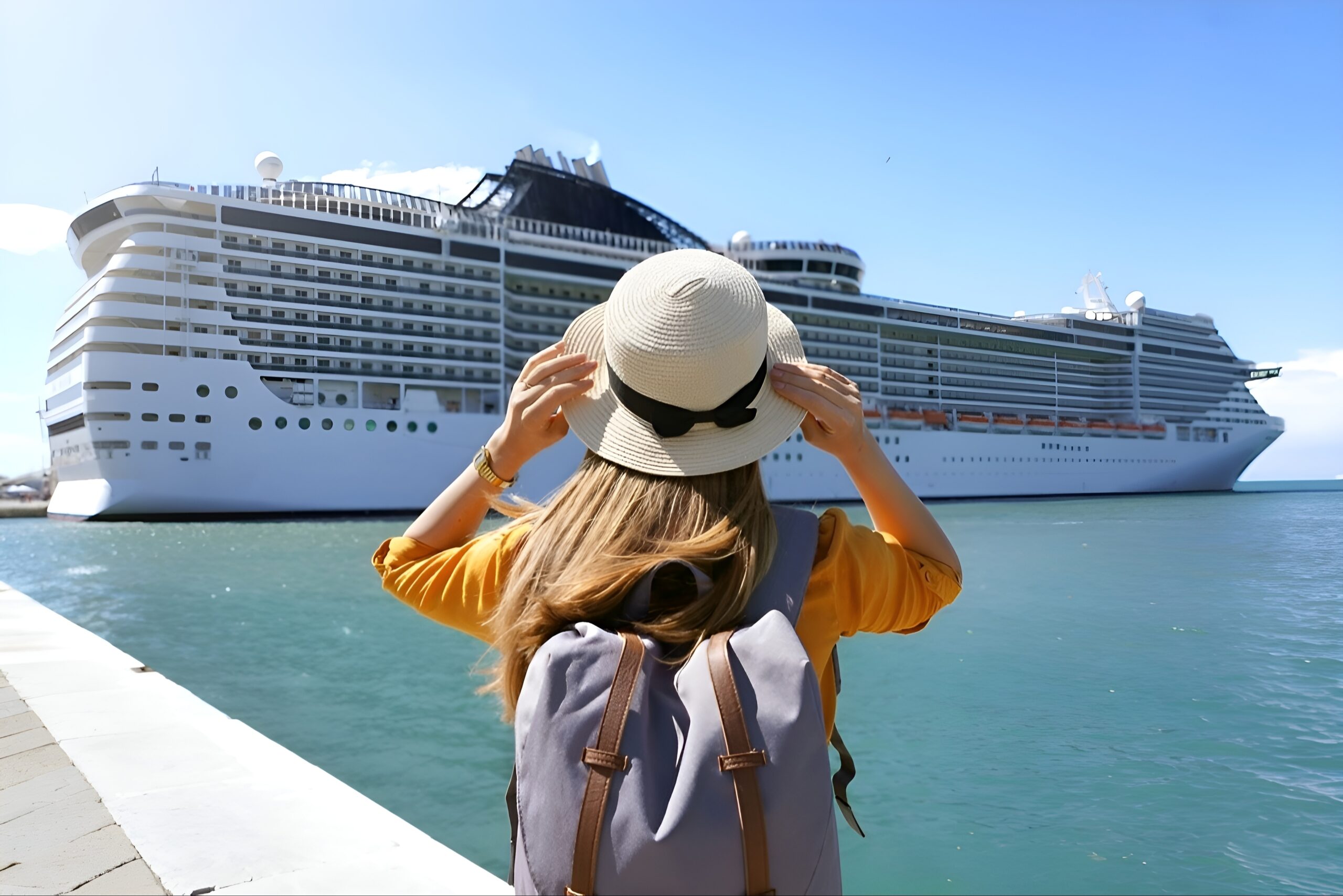Cruise ships rethink ventilation to minimize viral spread
As the COVID-19 pandemic emerged, one of the most pronounced impacts was observed on cruise ships. A disproportionate number of cruise ship passengers were infected with the virus and stranded onboard for quarantine.
This scenario highlighted the urgent need for improved ventilation on cruise ships to distribute fresh air, especially in cabins and other enclosed areas, to reduce viral transmission.
Airborne viruses
A new study published by the American Institute of Physics investigated how ventilation can influence the transmission of airborne viruses in a standard cruise ship cabin. This examination was based on the guidelines established both before and after the pandemic.
“The most recent standards and regulations on room safety regarding the airborne transmission of viruses focus on high rates of air exchange,” said study co-author Dimitris Drikakis.
“But this can be inefficient in terms of energy consumption, can compromise passenger comfort as it generates strong air drafts, and most importantly, can spread saliva droplets up to five times more when passengers cough.”
Computer simulations
To comprehend the implications thoroughly, Drikakis and his team simulated virus droplets resulting from a cough in a typical cruiser cabin designed for two or more occupants. These simulations factored in varying ventilation rates and the positioning of the individual coughing.
The range for computational fluid dynamics testing was broad, between 1.5 to 15 air changes per hour (ACH), encompassing scenarios from minimal ventilation to rates that surpassed the newest recommendations.
“The study reveals that a higher ventilation rate is not the best strategy to avoid spreading airborne diseases,” said Drikakis. “Complete evaporation of the saliva droplets may not necessarily mean all viruses or bacteria become instantly inactive. Therefore, we should aim at minimum droplet spreading inside the cabin and different ventilation strategies for occupied cabins.”
Ideal ventilation strategy
Upon evaluating the results, the research team proposed an ideal ventilation strategy. Systems should function at medium flow rates of about 3 ACH when cabins are occupied and then ramp up to 15 ACH for a minimum of 12 minutes post-vacancy.
This method ensures a complete air refreshment for subsequent occupants. Additionally, they advocate for a “clearance wait time” of at least 12 minutes for rooms of comparable sizes, maintaining a minimum of 15 ACH.
“Our main argument for the proposed values is the necessity to minimize droplet spreading while maintaining good ventilation levels, comfort, and energy consumption,” stated Drikakis.
Study implications
This approach offers a more energy-efficient solution and elevates passenger comfort – a stark contrast to the practice of leveraging higher ventilation rates.
“Our main argument for the proposed values is the necessity to minimize droplet spreading while maintaining good ventilation levels, comfort and energy consumption,” said Drikakis. “Keeping ventilation at the proposed values reduces energy consumption and improves passenger comfort in contrast to the use of higher ventilation rates.”
The study is published in the journal Physics of Fluids.
—
Like what you read? Subscribe to our newsletter for engaging articles, exclusive content, and the latest updates.
—
Check us out on EarthSnap, a free app brought to you by Eric Ralls and Earth.com.
Source: Cruise ships rethink ventilation to minimize viral spread • Earth.com

